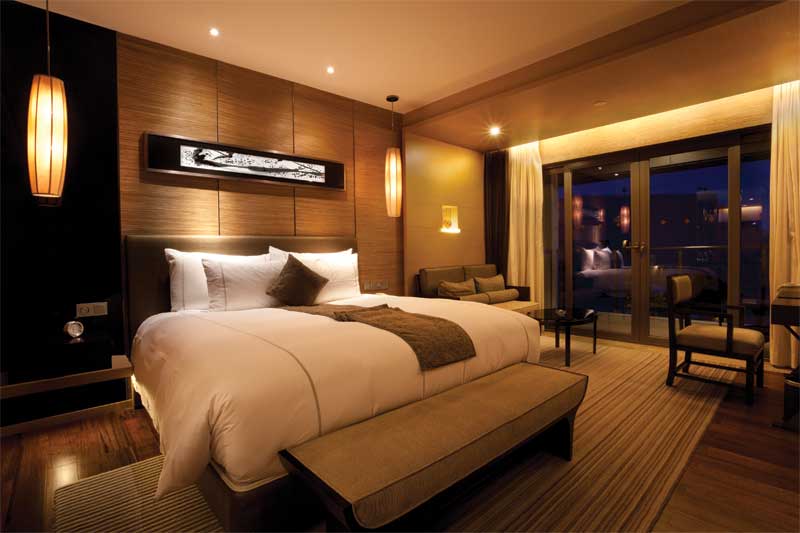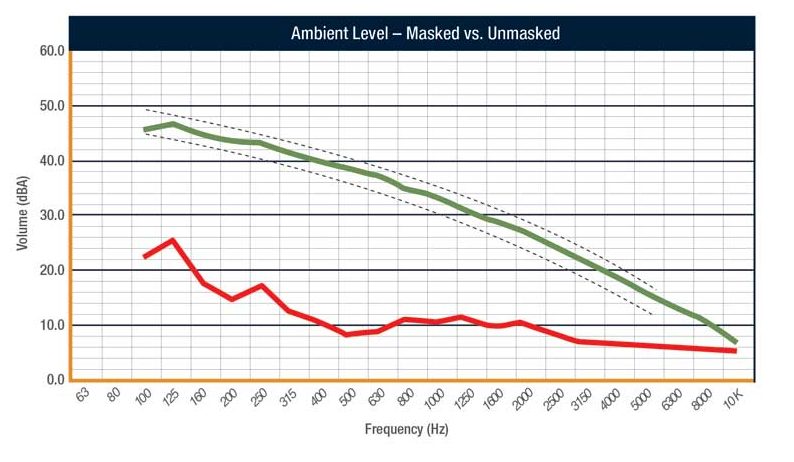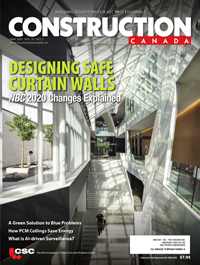The challenge of guest room acoustics in hotels

Photo © iStockphoto.com/megaflopp
What disrupts sleep?
Though little independent research has been done on noise levels and sleep patterns in hotels, studies conducted in healthcare, home, and military environments demonstrate volume variations disrupt sleep. In other words, it is not the overall volume or highest level that determines whether or not disturbances occur, but rather the degree of change from baseline to peak. (See M.L. Stanchina et al’s article, “The Influence of White Noise on Sleep in Subjects Exposed to ICU Noise,” in the sixth volume of Sleep Medicine.) As the change in volume between a relatively low background sound level and intermittent noises increases, so does the likelihood of sleep disruption. Essentially, the more significant the change, the harder it is for individuals to ‘block out’ the noise. This is why, for instance, bursts of noise from infrequent traffic are far more disruptive to sleep than the constant sound produced by high-density traffic. Individuals tend to sleep better in environments with continuous noise of a certain level than in environments with intermittent noise of the same average level. (See Andy Coghlan’s August 22, 2007 article, “Dying for some quiet: The truth about noise pollution,” on the website newscientist.com.)
Sleep can be affected by noise in a number of ways, including delayed onset, shifts in sleep state, and awakenings. Disturbed sleep caused by unwanted sounds can prevent individuals from progressing through the natural stages of the sleep cycle and result in raised blood pressure, increased heart rate, and other physiological effects. Sleep disruption can affect mood, appetite, energy levels, and concentration.
In hotels, noise can also have detrimental effects while guests are awake, impacting their enjoyment of the property as well as their overall sense of privacy. Beyond general annoyance, when a sound or voice enters an occupant’s space (e.g. overhearing a loud television in a neighbouring room or a phone call in the hallway), the intrusion can violate his or her sense of physical separation. The guest may also become self-conscious about his or her own level of privacy.

Images courtesy KR Moeller Associates
Controlling background sound
Out of frustration, guests often try to use their rooms’ HVAC systems to drown out unwanted noise. Given these systems were not designed for this purpose, the units cycle on/off and do not produce the correct sound spectrum or level to be effective. When used in excess, energy consumption and maintenance costs also increase.
To reduce the number of disruptions caused by noise, hotel management has to control the frequency and magnitude of volume changes within the space. While achieving complete silence is impossible, providing a higher and more consistent baseline level can easily be accomplished.
Controlling background sound levels is best achieved by introducing sound masking technology to each guest room. The sound is typically compared to softly blowing air, but unlike ventilation and ‘white noise’ machines/mobile applications, a commercial-grade masking device produces a sound that follows a particular spectrum, engineered to balance acoustic control and occupant comfort. The sound is produced over a high-quality loudspeaker and adjusted via fine volume and frequency controls.
Adding sound to a space may run contrary to most people’s understanding of how to control noise, but the premise is simple: any noise registering below the new background sound level is masked, while the impact of those above it is lessened because the degree of change between the baseline and any volume peaks is smaller. As there are no fluctuations or patterns in the masking sound itself, it does not affect comfort or sleep.

Most noises entering guest rooms are near or below 40 dBA, meaning they are easily muted by a relatively low level of masking (i.e. 40 to 45 dBA). Though this will not always completely cover an offending noise, this level will substantially reduce its disruptive impact. As noise can span a wide range of frequencies, the masking device must be capable of outputting sound down to the 100-Hertz (Hz) level. Humans are capable of hearing sounds as low as
20 Hz, but these lower frequencies sound rumbly. With sound masking, specifiers are aiming for the ‘sweet spot’—a level low enough to cover a wide range of noises without dropping so low as to introduce an element of acoustic discomfort. If the output is incapable of matching the frequency of the noise, the sound will not provide as great a degree of masking benefit as expected.
Sound masking is already on when guests arrive and is set at a default level selected by hotel management. Occupants are able to use a surface-mounted control pad or wall-mounted dial to adjust the volume, which allows them to control their rooms’ ambience the same way they control temperature and lighting. (While control can potentially be offered via a mobile phone application, blue-light devices have been shown to negatively impact sleep by suppressing melatonin production. A manual dial is easy for all guests to use, regardless of their technological proficiency.)







